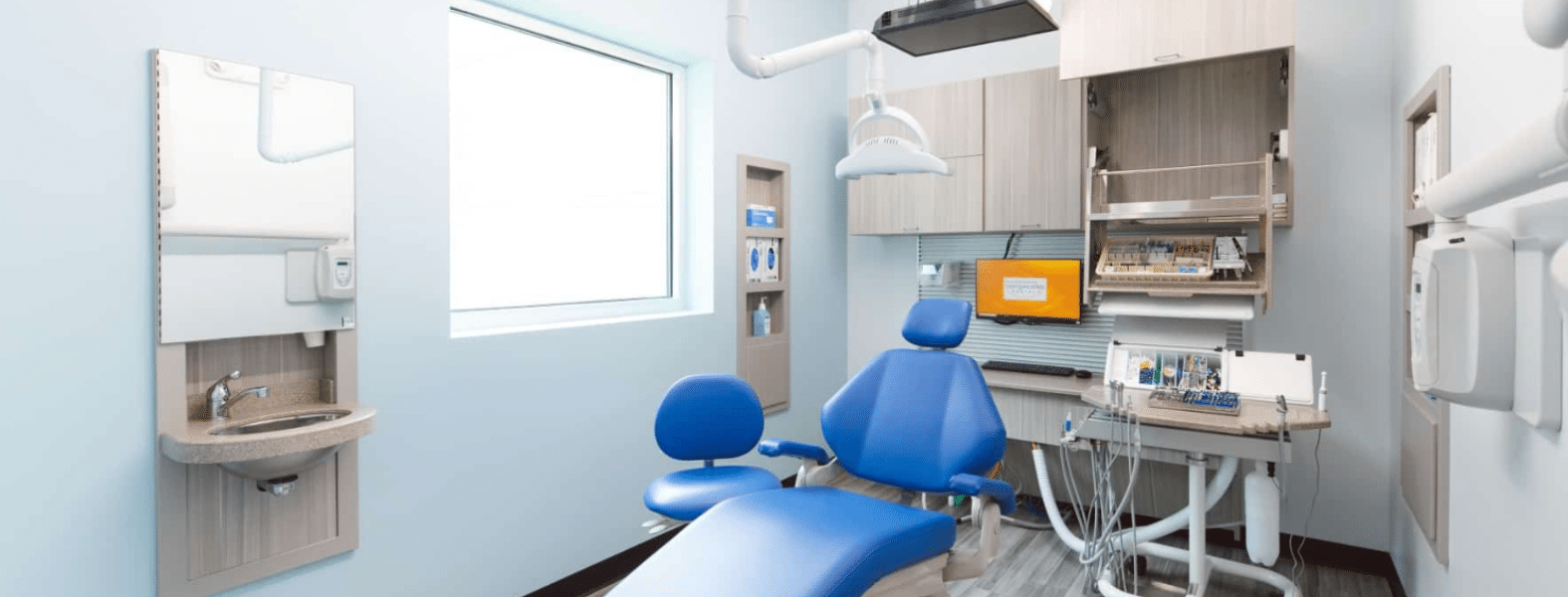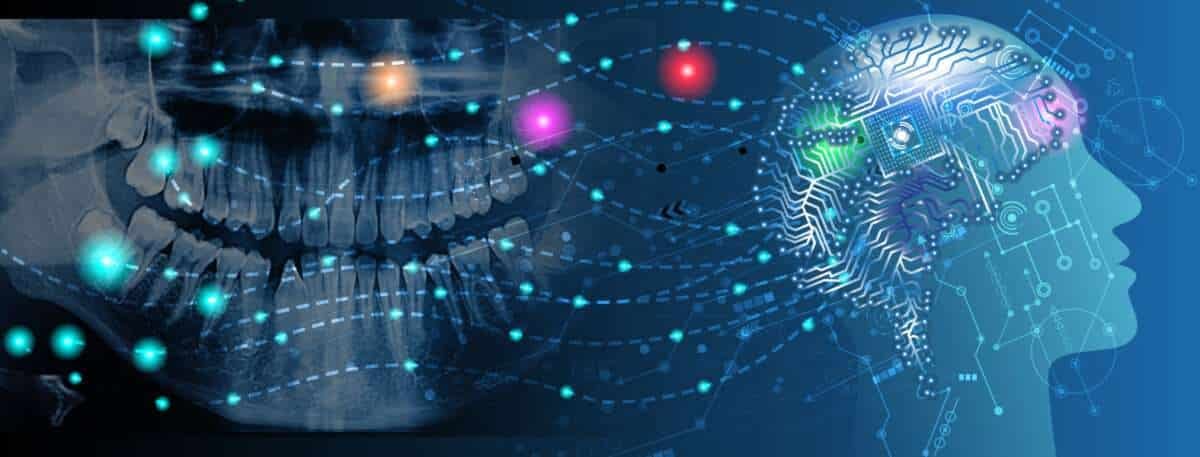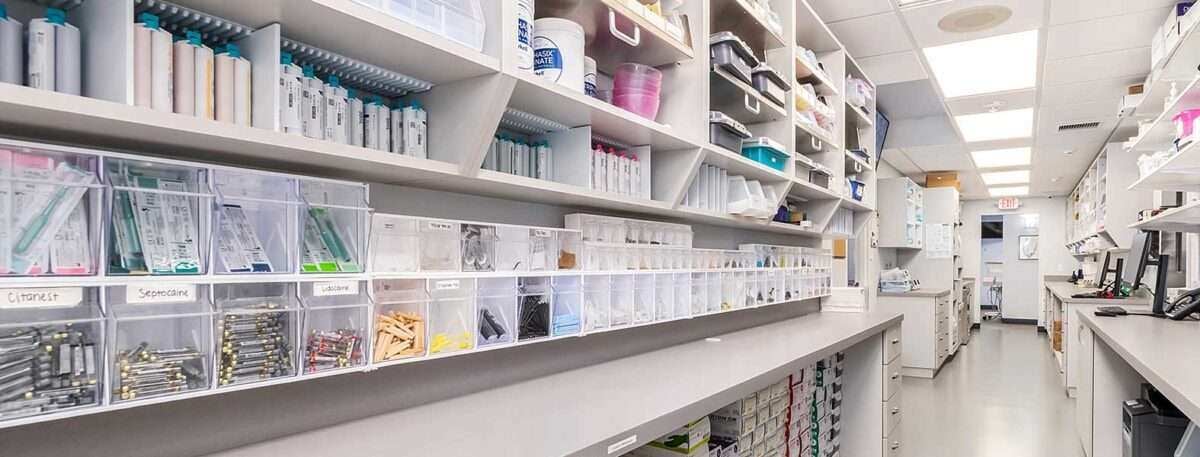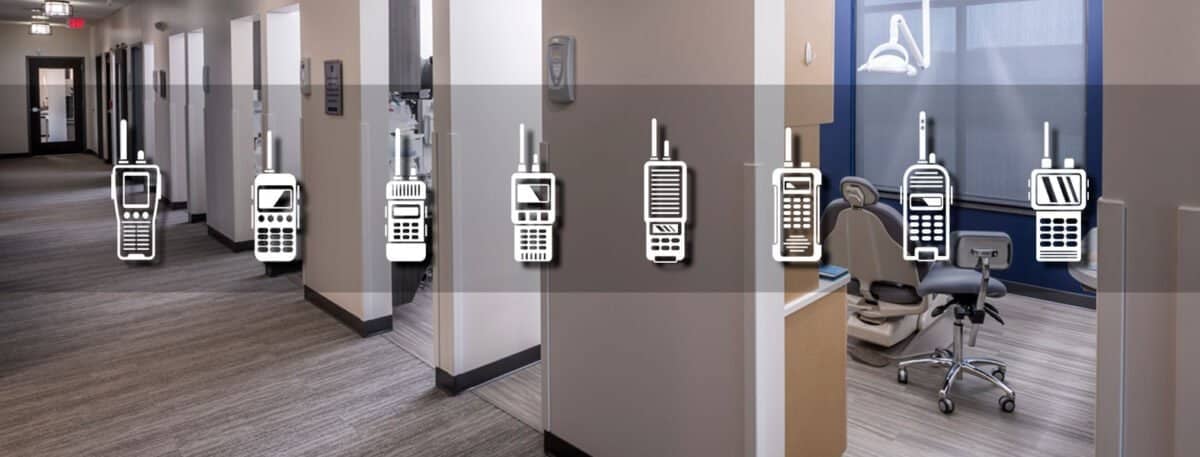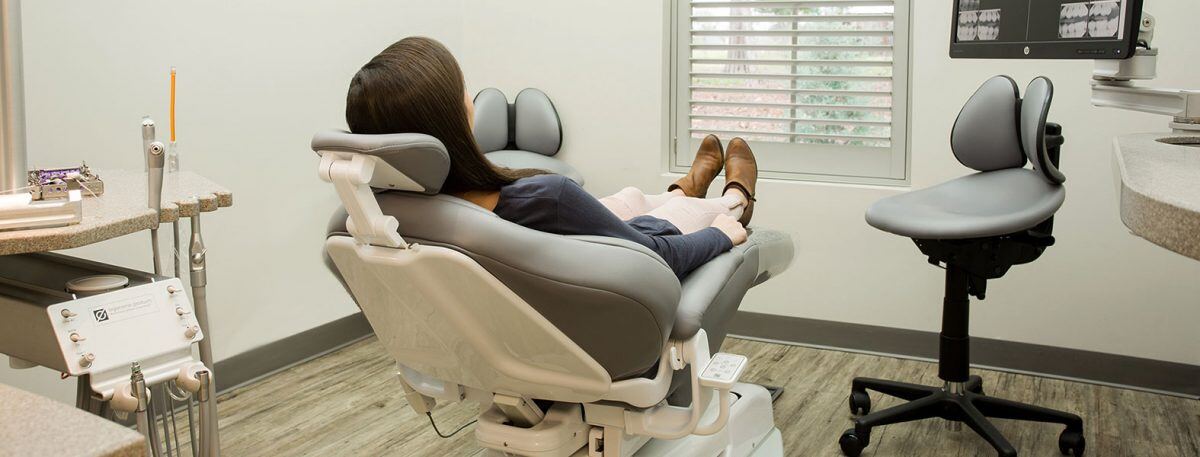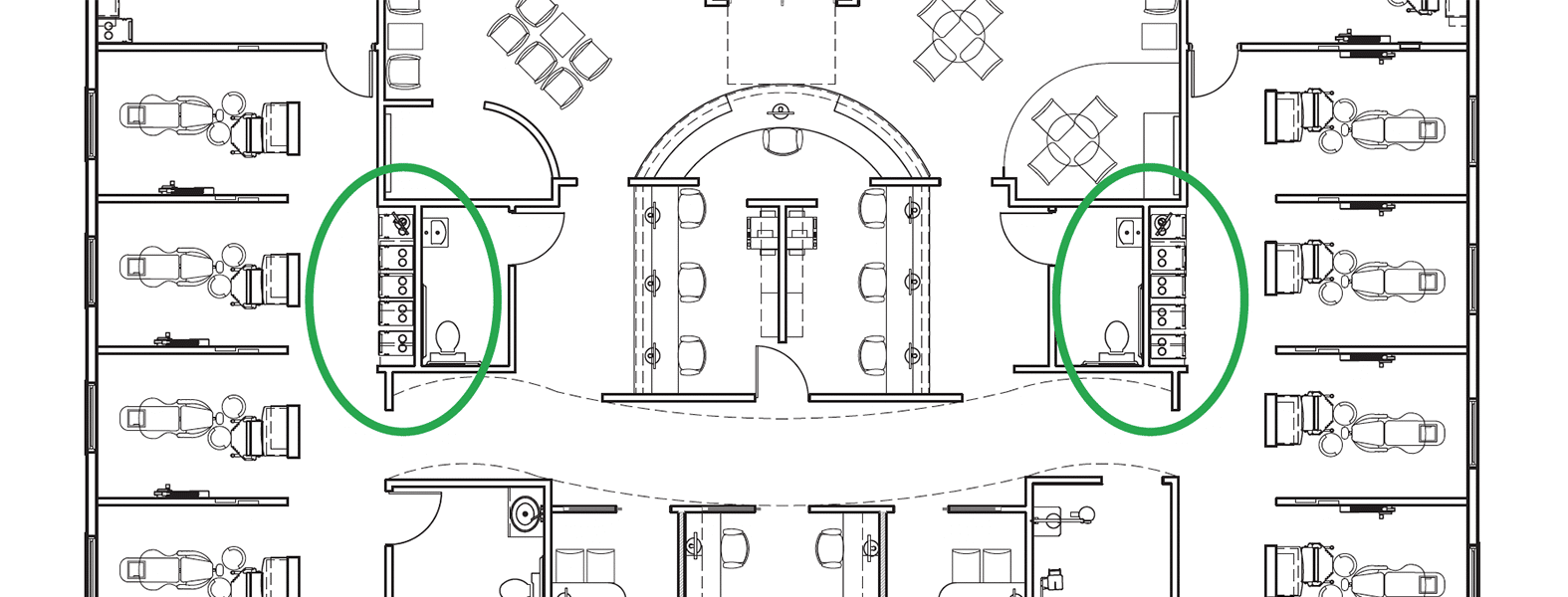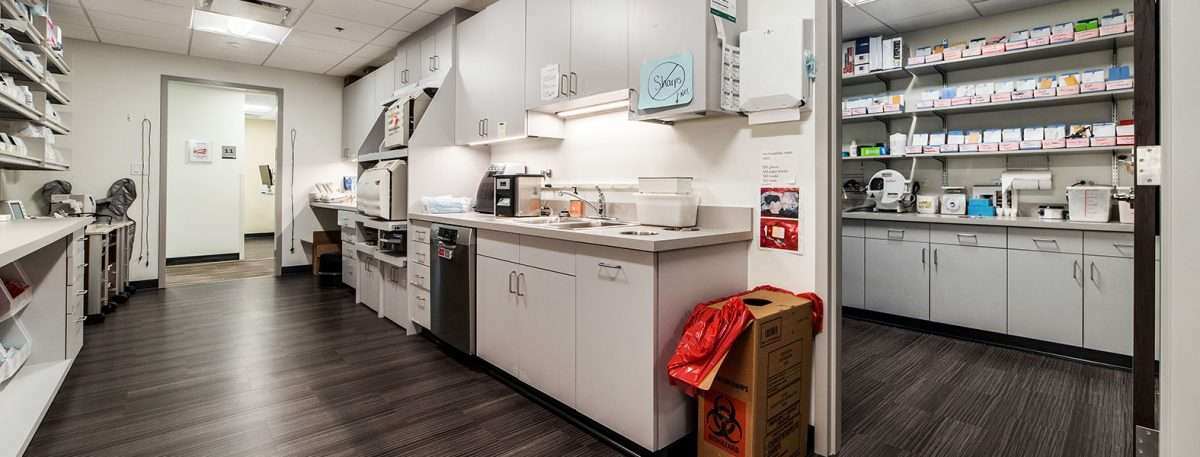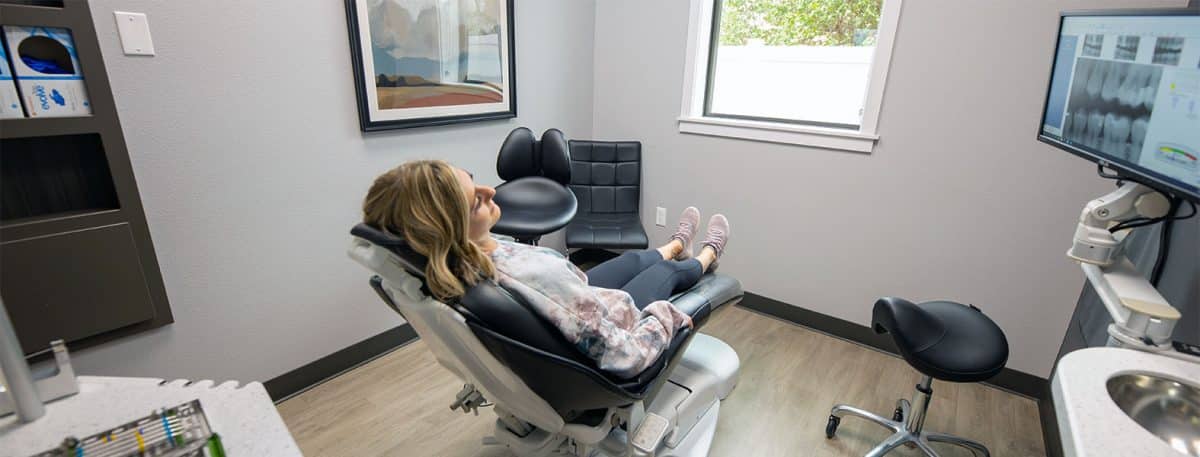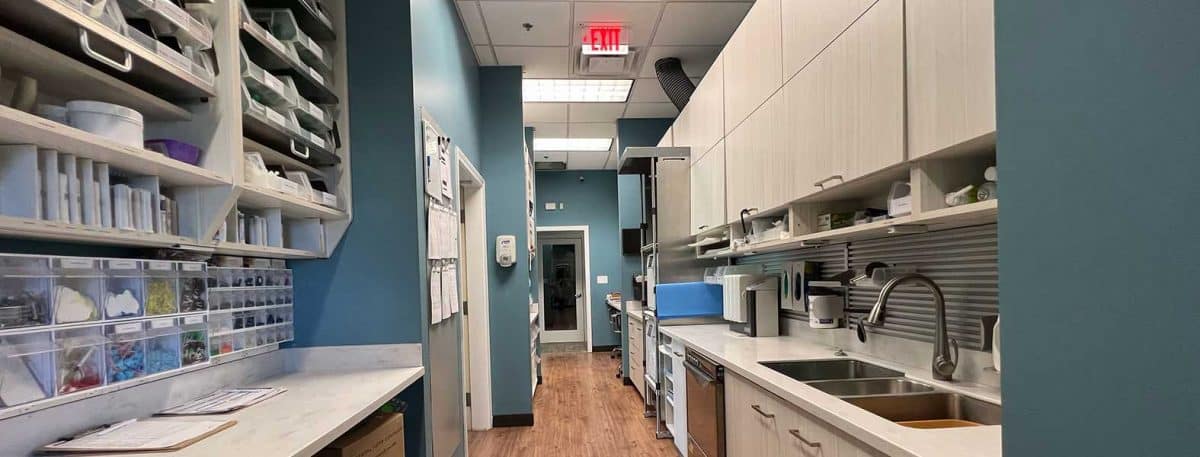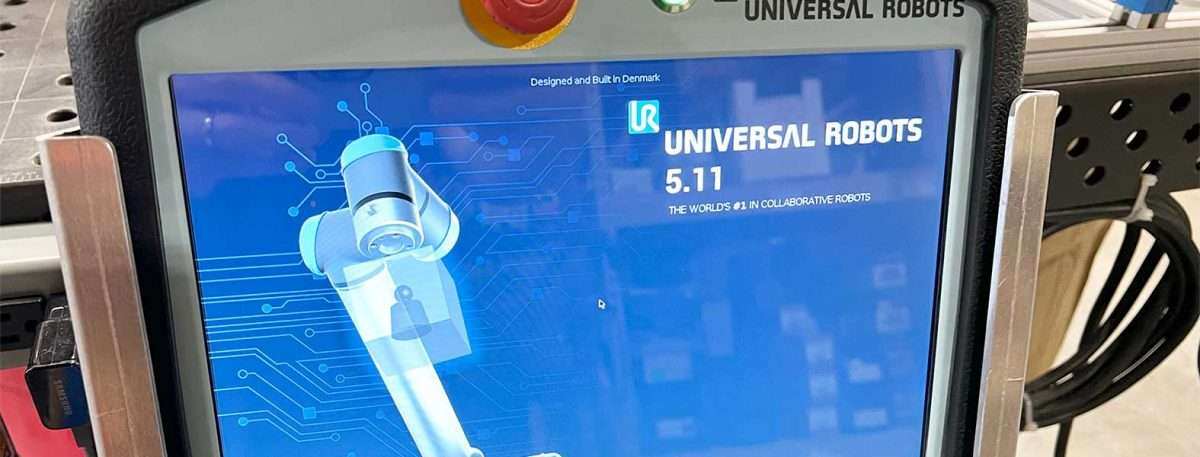What Are The Best Intraoral Cameras For Dentistry?
November 14th, 2022
5 min. read

Adding a high-quality intraoral (IO) camera to your dental practice is a relatively inexpensive way to facilitate diagnosis and monitoring of hard and soft tissue conditions while improving patient education and case acceptance. It’s also a foundational tool for case documentation to aid in insurance payments and legal protection.

Intraoral cameras make it easy for dentists to educate their patients about the state of their dental health
The most commonly cited barrier to entry of incorporating intraoral cameras into your dental office is the cost. This can be quickly offset based on the increased production and collection potential from better diagnosis, documentation, and case acceptance. Many companies will also give a discount for purchasing multiple cameras together. Other common hurdles include initial integration into your office’s dental software, incorporating into your office workflow, and the learning curve of using the new technology. While this may sound intimidating, these challenges are easy to overcome with most current IO camera models and well worth the benefits gained from adding this technology into your practice.

LED intraoral camera and a stem mirror used to evaluate patient's teeth
My Top Three Intraoral Camera Picks For Dentistry
Digital Doc IRIS X80 – Best Overall
https://digi-doc.com/blog/iris-x80-intraoral-camera
MouthWatch – Best Budget
https://www.mouthwatch.com/product/intraoral-cameras
Air Techniques CamX Triton HD – Best Diagnostic Features
https://www.airtechniques.com/en/product/camx-triton-hd
Key IO Camera Features To Consider
There are a wide range of functions and features that can set the different IO cameras currently on the marketplace apart from one another. However, there are some key features common to all IO cameras.
Lens Type
There are two types of lenses used in IO cameras: fixed focus (does not change focal length) or variable focus (has multiple focal lengths the camera can switch between). Variable focus lenses are further divided into automatic or manual subcategories. With a manual variable focus lens, the camera will have control buttons to toggle between the different focal lengths, while an automatic variable focus lens will have built in software to make this change on its own, possibly with a single button. Fixed focus lenses tend to be cheaper and easier to use but can produce blurry images with extreme closeup (macro) or zoomed out full arch/face views. Variable focus lenses, on the other hand, while more expensive and technique sensitive, generally produce higher quality images especially when capturing macro or full-face images.
Resolution
SD IO cameras take photographs with a resolution of 480p and HD IO cameras capture at 1080p resolution.
Light Source
Multiple LED lights from different angles for a true color representation and to minimize shadowing.
Construction
You want a camera that is made of a material that is both durable and lightweight. Plastic and metal options both exist, but plastic is more common. Plastic tends to be lighter and easier to maneuver, but may sacrifice durability when compared to a metal construction.
Controls
The control buttons should be both intuitive to use and conveniently located. One or more capture buttons will be on the camera. Manual variable focused models will also include controls to toggle between the different focal lengths. Additional controls including flash and video may also be present.
Diagnostic Aids
Some IO cameras have the option to add on additional features to assist in diagnosis. Caries and fracture detection can be aided through transillumination, fluorescence, and infrared light. This can be particularly helpful for when patients refuse xrays due to wanting to limit radiation exposure or for patients who are unable to bite down on typical xray sensors. Some cameras also come with software to assist in shade selection.
Best Overall – Digital Doc IRIS X80
https://digi-doc.com/blog/iris-x80-intraoral-camera
My favorite IO camera overall is the IRIS X80 by Digital Doc. This camera consists of a variable autofocus lens which takes images in HD 1080p. Older models by Digital Doc required a toggle wheel to switch between five different focal lengths, but the X80 model automatically adjusts. The camera is illuminated by 8 LED lights which provide adequate lighting for both macro and full arch intraoral views. The IRIS X80 is durable and built to last, consisting of mixed plastic and metal construction. Capture buttons present on either side of the handpiece are convenient for both right- and left-handed operation. The ability to take full-face photographs can also aid in treatment planning and case acceptance for complex treatment, cosmetic procedures, or orthodontics/clear aligners.
The IRIS X80 also comes with an optional LuM attachment for sub-enamel transillumination to aid in diagnosis of interproximal caries and fractures. These images taken are turned to black and white giving an appearance similar to the xrays we interpret on a daily basis. The LuM attachment clips onto the camera and comes with one base and eight autoclavable tips.
Digital Doc is currently offering a promotion of one free LuM attachment (value $2,900) with the purchase of two Iris X80 cameras ($4,428 each).
Best Budget – MouthWatch
https://www.mouthwatch.com/product/intraoral-cameras
If you want an intraoral camera to assist in patient education and documentation but aren’t prepared to spend thousands, the intraoral camera by MouthWatch is a great option. At only $299, this is one of the least expensive options available which can still take high quality images in the right situations. The MouthWatch IO camera consists of a fixed focus lens which photographs in SD 480p and is illuminated by 6 LED lights. This camera is also incredibly lightweight and easy to operate at just over 1 oz. The unit is also very simple to use with the only control being a capture button on the top side of the handpiece which can be accessed right- or left-handed. Unlike the other models on this list, the MouthWatch does not have any optional add-ons to aid in diagnosis.
Being a fixed focus lens, the MouthWatch is less technique sensitive than the other models on this list. There are no focal buttons to press and no waiting for software to auto adjust the focus. It does come with the drawback of being less effective for taking macro, full arch or extraoral images due to this fixed focal length. However, I was very impressed with the quality of photos when capturing only a few teeth together, especially when considering the significant price difference between this and other models.
MouthWatch is currently offering a 10% discount when two or more cameras are purchased together.
Best Diagnostic Features – Air Techniques CamX Triton HD
https://www.airtechniques.com/en/product/camx-triton-hd
If the diagnostic aids are your priority, look no further than the CamX Triton HD by Air Techniques. The CamX Triton photographs in 1080p HD with a one push variable autofocus lens and is illuminated by 2 LED lights. The autofocus button does add in a step not needed on the IRIS X80 but can save time versus waiting for a camera that adjusts entirely on its own. This IO camera also contains multiple capture buttons on the top and bottom of the handpiece which allows for more variability in how you want to hold the unit. Both buttons can be accessed right- or left-handed. Being a variable focus lens, the CamX Triton HD can also take clear macro and extraoral images.
The diagnostic aids for the CamX Triton HD come in the form of two interchangeable heads. First, the Proxi interchangeable head uses infrared light to detect interproximal caries. These images are captured in black and white. The Cam X Triton HD also uses violet light to detect both occlusal and interproximal caries via the Spectra interchangeable head. This wavelength of light stimulates metabolic biproducts in bacteria which is captured in the viewing software and displayed as a color-coded map with a key which indicates the depth of decay.
The cost of everything purchased together is $6,000, but when purchased separately the camera with base head will be $4,500, with the Proxi and Spectra heads being an additional $900 each.
Whether you choose to have a limited number of high-feature cameras or, at the other extreme, inexpensive cameras in every room, what should be clear is that intraoral cameras are essential for everyday assessment and diagnosis in dentistry.
Topics:





